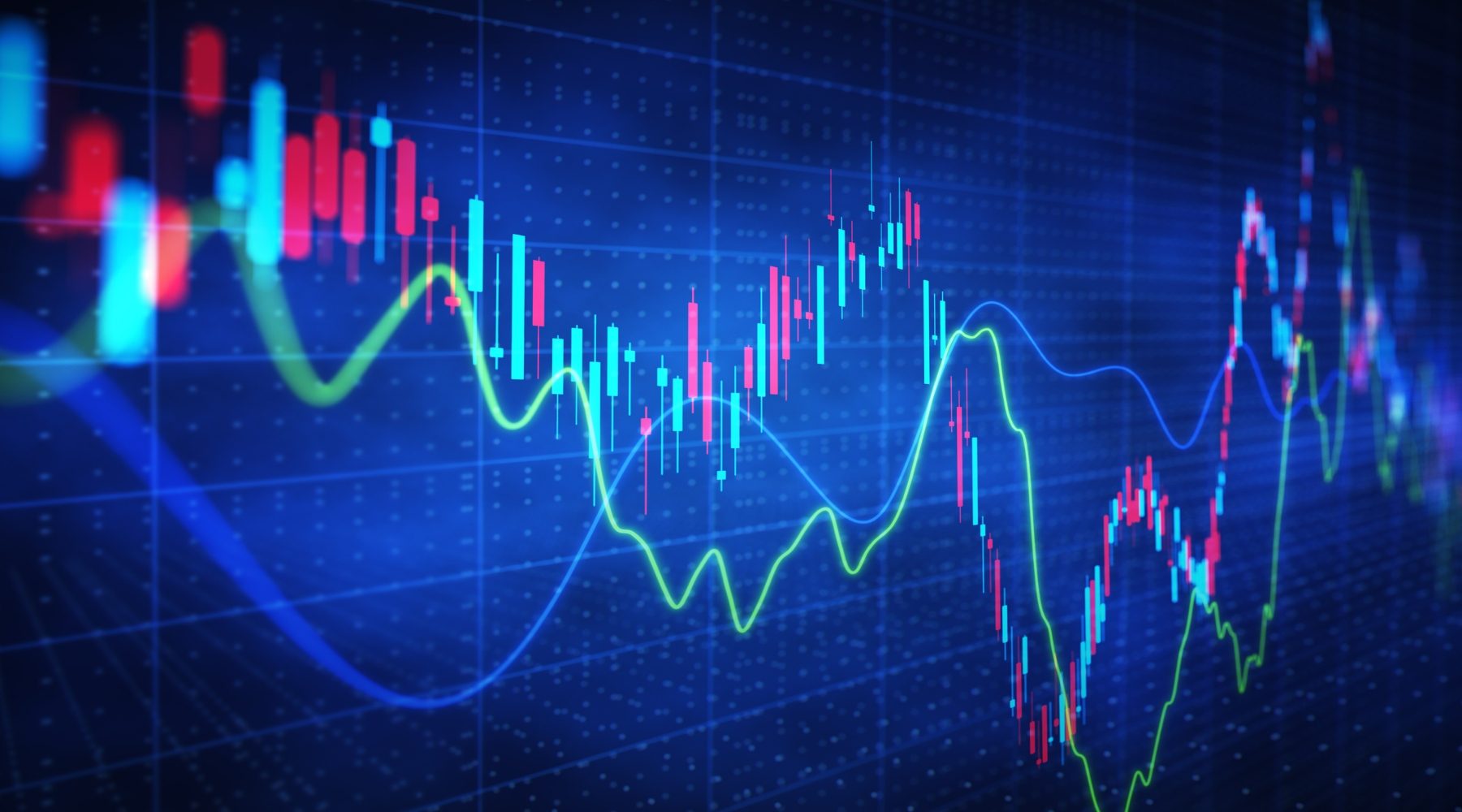Stock Markets
U.S. stock indicators ended trading contradictory

Trading on Wednesday U.S. stock indicators ended without a single dynamic: Dow Jones Industrial Average increased slightly; S&P 500 and Nasdaq Composite declined and finished the session at its lowest since January. Traders estimated statistical data on the U.S. economy, other “hawkish” statements by the Federal Reserve System (FRS) leaders, as well as reports of companies, including several retailers.
U.S. stock market indices — current market situation
The Dow Jones Industrial Average closing the market rose 5.14 points (0.02%) to 32661.84 points. Among the index companies whose shares gained in trading were Caterpillar Inc (NYSE:CAT). (+3.8%), 3M Co (NYSE:MMM). (+2.3%), Intel Corp (NASDAQ:INTC). (+1,6%).
Standard & Poor’s 500 was down 18.76 points (0.47%) to 3951.39 points. The Nasdaq Composite lost 76.06 points (0.66%) to 1,379.48 points.
The ISM Manufacturing index rose to 47.7 points in February from 47.4 points a month earlier, the Institute for Supply Management (ISM) said Wednesday. The experts’ consensus forecast, which was quoted by Trading Economic, had expected the index to rise to 48 points. The value of the indicator below 50 points indicates a decline in activity in the sector. The index has remained below that mark for four months in a row.
Despite the cooling of the U.S. economy, as well as signals of lower price pressures, the time has not yet come for the U.S. central bank to change course, according to Rafael Bostic, president of the Federal Reserve Bank (FRB) of Atlanta.
Bostick’s article, published Wednesday on the Atlanta Fed’s Web site, said he believes the Federal Reserve needs to keep raising the benchmark interest rate until it reaches 5-5.25 percent a year. The central bank will need to hold the rate range at that level for much of 2024, he believes.
Minneapolis Fed President Neel Kashkari said at an event in South Dakota on Wednesday that he has not yet decided whether a 25 basis point (bps) or 50 bps increase in the Federal Reserve rate should be significant in March. He said he had projected in December that the rate cap for the current cycle should be 5.4%, but is now leaning toward raising his estimate.
The yield on 10-year US government bonds jumped to 3.994% on Wednesday, the highest since Nov. 9 last year, amid growing expectations of a tightening in the Fed’s monetary policy cycle. The yield on two-year U.S. Treasuries soared to its highest since July 2007, 4.887%, according to Dow Jones.
Earlier we reported that U.S. stock indices fell on Friday and for the week.
Stock Markets
Suburban Propane director Logan sells $139k in shares
Stock Markets
Stock market today: S&P 500 closes lower, but posts big weekly win
Stock Markets
TD Bank promotes Laura Nitti to retail market president role

 Forex3 years ago
Forex3 years agoForex Today: the dollar is gaining strength amid gloomy sentiment at the start of the Fed’s week

 Forex3 years ago
Forex3 years agoUnbiased review of Pocket Option broker

 Forex3 years ago
Forex3 years agoDollar to pound sterling exchange rate today: Pound plummeted to its lowest since 1985

 Forex3 years ago
Forex3 years agoHow is the Australian dollar doing today?

 Cryptocurrency3 years ago
Cryptocurrency3 years agoWhat happened in the crypto market – current events today

 World3 years ago
World3 years agoWhy are modern video games an art form?

 Commodities3 years ago
Commodities3 years agoCopper continues to fall in price on expectations of lower demand in China

 Economy3 years ago
Economy3 years agoCrude oil tankers double in price due to EU anti-Russian sanctions





















